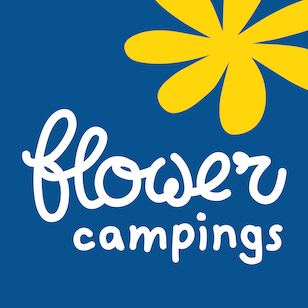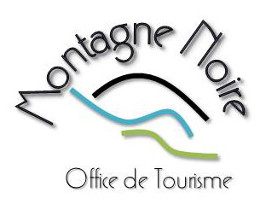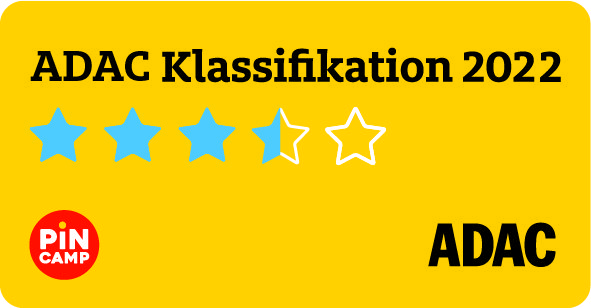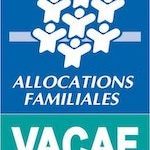What to see and do in Carcassonne?
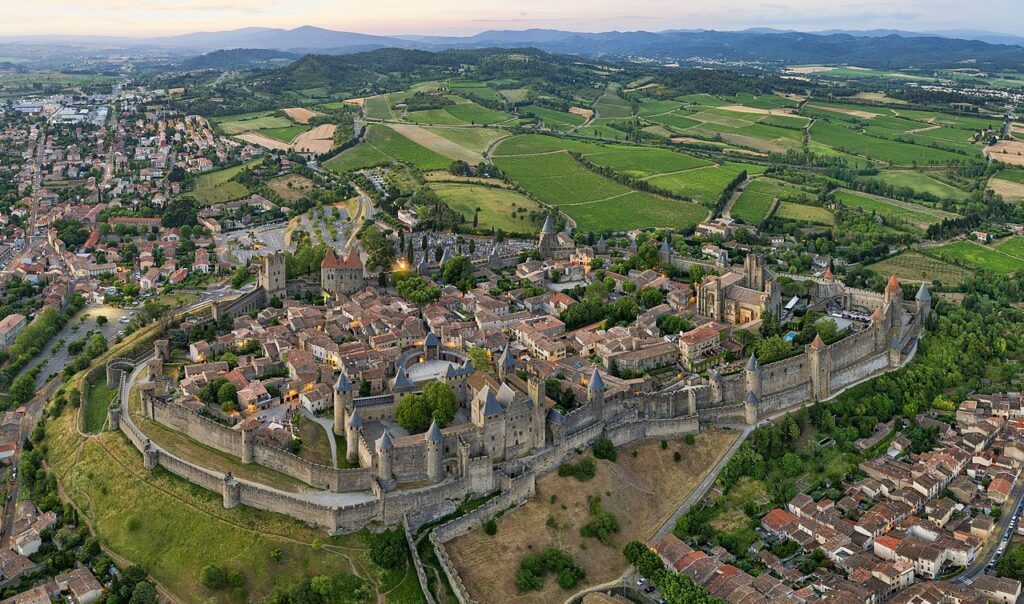
Your Le Martinet Rouge campsite has the great privilege of being close to one of France’s most beautiful cities: Carcassonne.
This medieval city was built on a site known since Neolithic times as a crossing point between the Mediterranean Sea and the Atlantic Ocean.
Bordered by two rivers, theAude and the Fresquet, it is also home to the Canal du Midi.
The town of Carcassonne is made up of 2 distinct parts:
1. the medieval city in the upper part
2. Bastide Saint Louis – the lower part of the town center, home to local life.
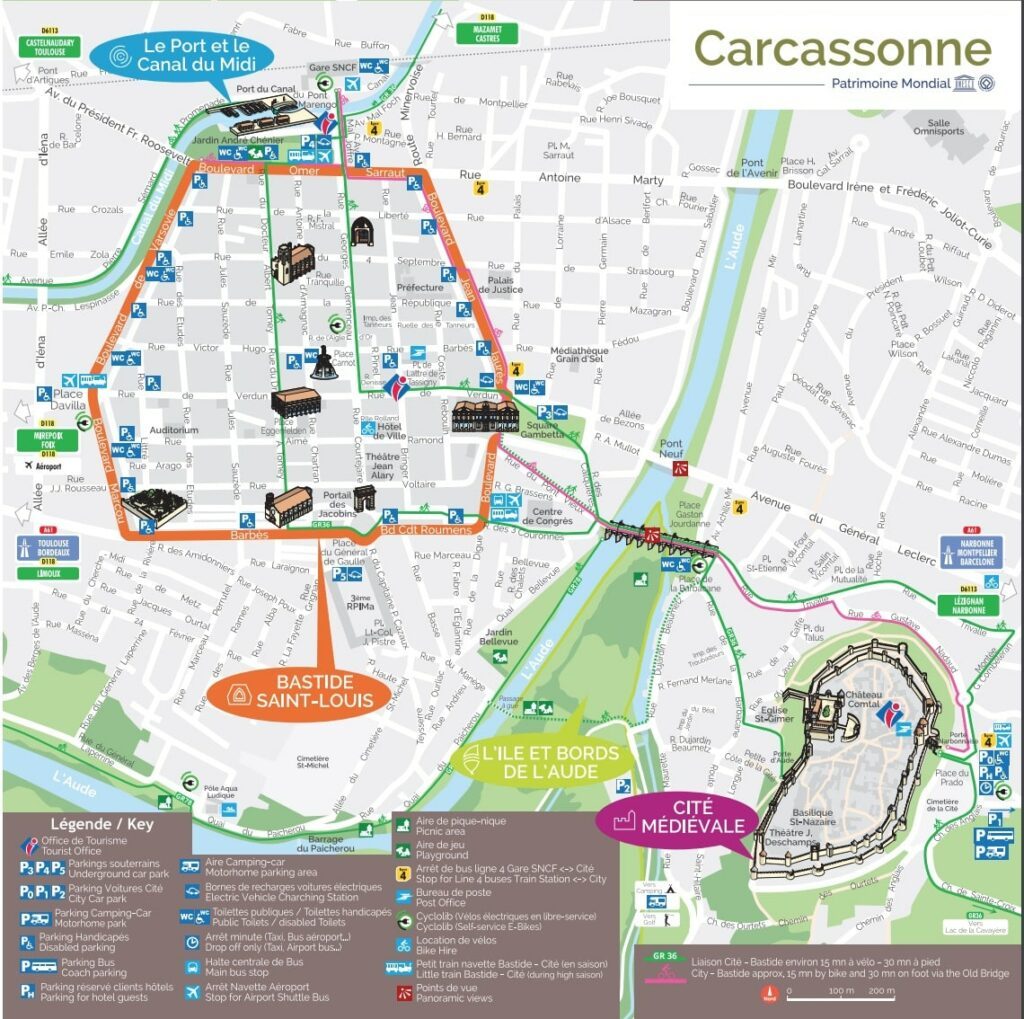
Carcassonne, a little history…
This strategic site has been occupied for a very long time, and Gallic tribes founded an oppidum here as early as the 6th century. The city was successively occupied by the Romans, Visigoths, Saracens and finally the Franks. During the feudal period, the Trencavel family took charge of the town until the 13th century, when it became a very important city in the Languedoc region.
With the Trencavel family protecting the Cathar religion, the town was not well regarded by Pope Innocent III, and soon became a target for Simon de Montfort, who laid siege to the town, which fell into the hands of the royal domain in 1224. Ten years under the yoke of Simon de Montfort, who set up a court of inquisition, incited the people of Carcassonne to revolt. It was severely repressed by Saint Louis, who expelled the city’s inhabitants. They settled on the other bank of the river: La Bastide Saint-Louis, and a new town was created.
The new lower town grew thanks to the textile industry and competed with the city, which lost its power over the centuries, although it retained its major military role as a defense against the kingdom of Aragon. The signing of the Treaty of the Pyrenees with Spain saw this role fall into disuse in 1659, and by the 17th century, the old town was no more than a poor, outlying district of the flourishing center of the new city, which saw its trade flourish.
From then on, the lower town took over, with the transfer of all the city’s institutions, continuing its development right up to the Revolution. But English industries were competing too fiercely with Carcassonne’s, and the cloth mills closed down as poverty gradually spread.
Carcassonne has risen from the ashes, thanks to a city miraculously preserved in the early 20th century. Awareness of the need to protect heritage began to grow, and the historic monuments departments, under the aegis of Prosper Mérimée, began to organize themselves to enhance the value of historic buildings.
The city was then in ruins and the first restoration work was launched. It took 50 years for the city of Carcassonne to regain its former majesty and 13th-century silhouette, much to the delight of the many visitors – 4 million every year – who flock to admire its ramparts.
1. Carcassonne medieval city
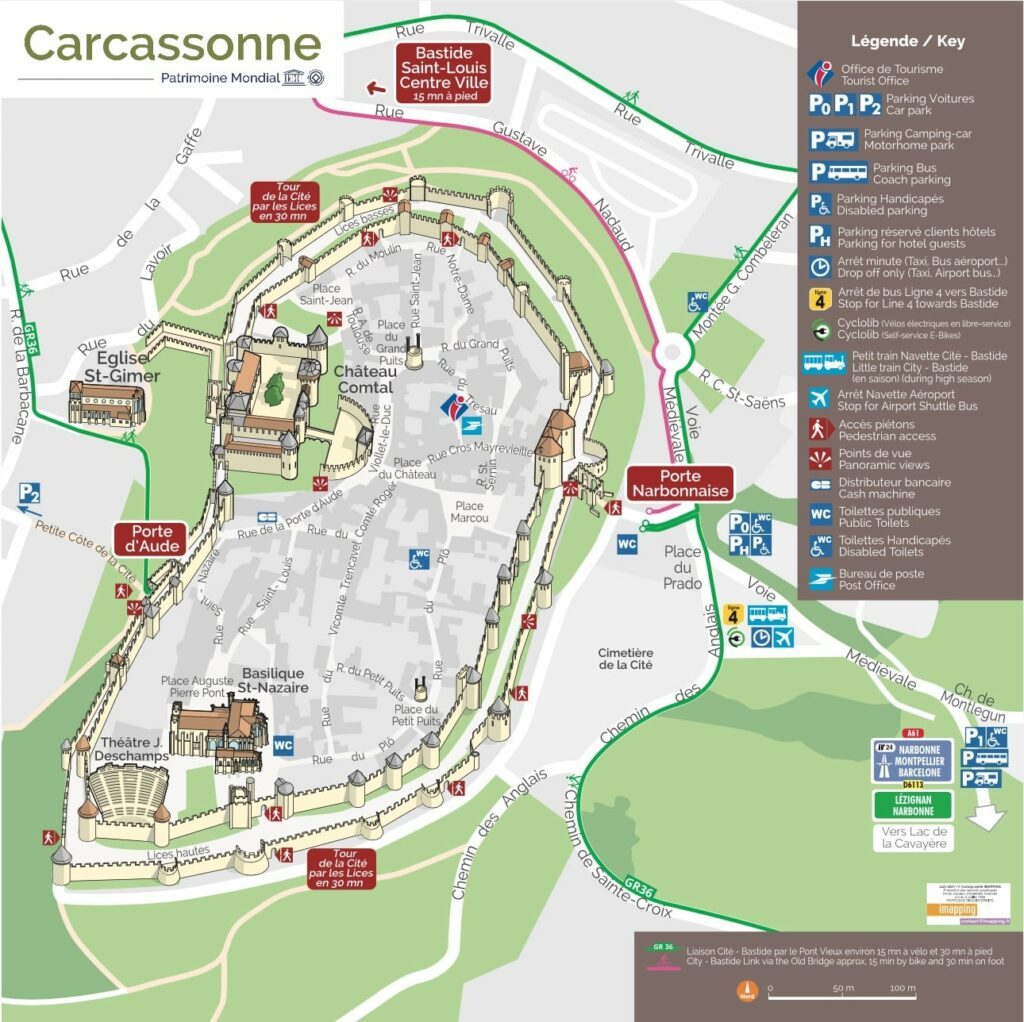
Still inhabited, the city is surrounded by 3 km of ramparts and totals 52 towers, accessed via the Porte narbonnaise to the east, a monumental fortification dating from 1280 and comprising two enormous towers, and the Porte de l’Aude to the west, with its ramp that has hosted the filming of many movies, including “Les visiteurs”.
Enjoy a stroll along the lices, a walk around the ramparts offering splendid views of the Montagne Noire and the Pyrenees.
How to get to La cité médiévale
3 paying parking lots are available:
Parking P1: 400 meters from the medieval city, Porte Narbonnaise entrance
Telephone: 04 68 77 73 11
Parking P2: Rue Dujardin Beaumetz, porte d’Aude Parking de la Cité
Carcassonne map Parking guide
Visit the medieval city
You can take a self-guided tour and immerse yourself in the city’s medieval world. The Cathar city is as mysterious and enchanting for children as it is for adventurous adults and history buffs. We recommend a guided tour with the Tourist Office guides for a unique experience in discovering Carcassonne’s hidden secrets.
Visit Carcassonne with a virtual reality helmet!
From 2021, a new attraction will be on offer: visit the Cistern Tower, put on a virtual reality helmet and immerse yourself in the history of the Cité, from its creation in Roman times to its transformations from the Middle Ages to the present day.
Use the free “CARCASSONE INTERRACTIVE” app available on Appstore or Google play
You’ll find an escape game, a treasure hunt, a guide to themed tours and museums. Another way to live the medieval experience.
What to see in Carcassonne medieval city
The Chateau Comtal
This fortress, home to the Viscounts of Carcassonne, dates back to the early 12th century. Part of its keep has been preserved and it is surrounded by a fortification with curtain walls, round towers, an entrance châtelet and a barbican. A visit to the château provides access to the ramparts and houses a lapidary museum and an exhibition on the restoration of the town, mainly by Viollet-Leduc.
Saint-Nazaire Basilica
Of Romanesque origin dating from the 11th century, this church boasts a remarkable collection of stained glass windows and sculptures, ranked among the finest in the south of France.
But Carcassonne is also a city with a rich heritage beyond its walls:
The town’s great prosperity was reflected in the many mansions that flourished here between the 14th and 18th centuries, whose sumptuous facades and massive doorways bear witness to the wealth of the area in the heyday of the textile industry.
2 La Bastide Saint-Louis
It is located below the medieval town, which can be reached in 15 minutes on foot.
Getting there and parking
Carcassonne has a number of free parking lots in the town center (please note that they are usually fully occupied in high season).
Parking du Dôme, Quai Bellevue, boulevard de Varsovie in front of Collège Bastion
The 3 paying parking lots :
Parking P3: Gambetta (tel: 04 68 71 34 11)
Parking P4: André Chénier (tel: 04 68 72 30 10)
Parking P5: Jacobins (tel: 04 68 47 64 83)
Carcassonne map Parking guide
Monuments and museums in the Bastide Saint Louis
Carmelite Church
This is the former chapel of the Carmelite convent. It is in the Languedoc Gothic style. Its distinctive features include capitals decorated with foliage or historiated motifs. It comprises a single nave 12m80 wide and 17m long, flanked by ten chapels.
Inquisition Museum
The Museum of Fine Arts
Open from September 15 to June 15, and every 1st Sunday of the month thereafter, this popular museum showcases paintings and ceramics from the 17th century to the present day. A varied selection of European art through the ages. If you get the chance, don’t miss this magnificent Carcassonne monument. Guided tours for groups by appointment.
Further information: tel: 04 68 77 73 70
An overview?
Saint Michel Cathedral, a remarkable religious building in Carcassonne
Like the Eglise des Carmes, this monument is in the Languedoc Gothic style. Originally a church built in the 13th century, it became a cathedral in 1803 and, after a fire in 1849, was restored by Viollet le Duc, one of the most famous French architects of the 19th century.
It’s a cathedral of relatively simple construction and sober decoration. It comprises a 20-meter-high nave, flanked by side chapels. The choir features 14th-century stained glass windows. A large rose window, 8 meters in diameter, adorns the façade, and the cathedral boasts a massive bell tower.
The treasure museum of Notre Dame de l’Abbaye
103 rue de Trivalle
Discover an important Bishop’s collection. Works from the major and minor seminaries left over from the French Revolution
These collections include objects of worship, manuscripts, incunabula (the ancient stock of the major seminary library) and liturgical vestments. Some of these objects, initially confiscated, were returned in the years following the Separation and the break-up of the Concordat. Since then, new donations have been made by private individuals and religious congregations.
This museum is a pleasant surprise in Carcassonne.
Saint Vincent Church
This magnificent religious building is in the Languedoc Gothic style, with a wide nave (20.25 m) and a vast vault (23.5 m). The 54-meter-high octagonal bell tower, with its square base, houses a carillon of 47 bells. To get there, you have to climb a staircase with 232 steps (access for a fee)!
The reward for this effort is a breathtaking view over the whole of Carcassonne.
Works of art in the church: 17th-century paintings and lectern, by Gamelin, Nicolas Mignard and Pierre Subleyras. 15th-century rose windows and stained glass.
Carca’ Pass advantage(s): – €1.00 per person over 15/ free for accompanied children under 15
Maison des Mémoires – Joe Bousquet Center
Visit the home and works of surrealist poet Joë Bousquet (1897-1950).
Very popular at the beginning of the 20th century, he was paralyzed and received many painters, poets, philosophers and other creative artists in his bedroom. Discover the premises as they were during his lifetime, with a permanent exhibition + 2 temporary exhibitions in Spring and Autumn.
Open all year except Mondays – Sundays and public holidays.
The Jacobain portal
The last of the 4 gates that surrounded the Bastide (lower town) to control the entrances on its right-hand side, a remnant of the original rampart can be seen.
Le Pont Vieux
Don’t miss this 14th-century medieval bridge. Until the 19th century, it was the only link between “the 2 Carcassonnes”: the Bastide Saint Louis and the medieval Cité.

Reserved exclusively for pedestrians.
Built between around 1315 and completed around 1320, a special tax was introduced to finance its construction. With funding arriving gradually over time, the architecture of the Carcassonne bridge has evolved significantly over time. The work was carried out arch by arch. The 12 semicircular arches have unequal opening diameters: their lengths vary between 10 and 14 meters.
Joseph Poux, in his book “La Cité de Carcassonne – Histoire et description”, explains: “The city of Carcassonne – History and description”. The bridge was divided into two parts by a stone arch, founded on a front and a backbay, which formed the boundary between the two communities of Cité and Ville-Basse. It was here that peace treaties were signed following the internecine dissensions that often troubled the inhabitants of the two Carcassonne towns.
The bridge’s appearance has only changed since 1820. At the time, these were still light parapets flanked by two graceful sidewalks. We know that two of the arches collapsed in 1436, but in addition to the repairs carried out at that time, several other parts of the building were altered in 1559 and later, without losing its original character. The 1820 restoration is the one that most altered its former form. “
The Chapel of Notre Dame de la Santé
Notarized documents give us a better idea of the small chapel built with the money from Jean de Saix’s 1527 bequest to create a hospital for the plague-stricken. Supporting the door’s ogival archway, the lantern caps bear the family’s faded coat of arms. Today, we can see the date 1697 inscribed on the keystone, marking the end of the work, and the trace of the former doorway leading to the sacristy with a staircase. Acceptance of the work took place in 1698, with several disputes. The interior boasts handsome lierne and tierceron vaulting, untouched by the Wars of Religion.
Murat’s hotel
A 12th-century building, it was once owned by the De Murat family, the town’s newly ennobled and very wealthy magistrates. It was confiscated by the French state in 1792, which in the process appropriated the fine collection of books (2000) that would enrich the municipal library. In 1806, it became the episcopal see until 1906. Today, this hotel is the Chamber of Commerce and Industry. Its classical façade with pediment, balconies and wrought-iron balustrades is a typical example of balanced 18th-century architecture. See the beautiful carriage entrance to the street.
Rolland’s hotel
It was built between 1746 and 1761 by cloth merchant Jean-François Cavailhès, then bought by the Rolland family, who owned it until 1924. Since 1978, it has been the Town Hall. Like many 18th-century mansions, it features a sober facade embellished with sculptures, mascarons and wrought-iron balconies. Inside, visitors will be impressed by the monumental staircases and numerous period paintings.
The Seneschal’s House
This very old house, dating from the 14th century, has seen the emergence of raw earth elevations (a mixture of pebbles, plants, ceramics and earth), demonstrating that this building is one of the few whose foundations date from the creation of the new town in the 13th century. Having escaped the town fire caused by the Black Prince’s plundering in 1355, this is the only house to have partially preserved its medieval facade, with large geminated bays and an ogival portal.
La Maison Vines
The descendants of Pierre Vines, collector of the diocese’s sizes in the 17th century, built this large three-storey house, the top floor of which was then used as an attic. Two gargoyles are still visible at the top of the facade, which features rectangular mullioned windows. The interior still boasts beautiful French ceilings.
Also worth seeing- Hôtel Bourlat – Hôtel Besaucèle- Hôtel Roux d’Alzonne.
Other monuments dot the streets and squares, including the old grain market, the Jacobin gate and the Pont Vieux, a medieval vestige dating from the 14th century that links the town to the city.
Museums in Carcassonne
The Inquisition Museum
It presents the history of the Inquisition and the various instruments of torture used up to the Revolution.
In 1234, an Inquisition tribunal was set up in Carcassonne; Pope Gregory IX authorized the Dominican friars to be the sole judges of heresy. He takes possession of the Tower of Justice inside the city. Repression then became merciless, notably with Inquisitor Ferrier, who, without tolerance, launched particularly severe actions. So much so that the King of France was alerted by the Consul of Carcassonne to the cruelty of the brothers in charge of the Inquisition. Nothing was done, and the yoke of the Inquisition continued, despite the intervention of a Franciscan friar, Bernard délicieux, who defended the oppressed people and was in turn condemned and tortured. The hunt for the Cathars is bearing fruit and the last
Guilhem Bélibaste was burned alive at Villerouge-Termenès.
This museum reveals the dark side of our shared history, and shows just how far intolerance and barbarism can lead.
A realistic setting, supported by true stories, is used to recreate torturous practices that will move visitors and help them understand the extent to which the abuses of the Church, among others, left their mark on the Middle Ages.
Also worth discovering:
Musée des Beaux Arts- L’atelier du livre- Le center culturel de la mémoire combattante- Le Musée Trésor de notre Dame de l’Abbaye- Le Musée Jean Baubois- Le center Joe Bousquet, poète.
The School Museum
This museum provides an insight into the world of the communal school under the Third and Fourth Republics, a particularly prosperous period for elementary school. Five rooms display all the teaching aids used by the teachers. ( 1880 – 1960). A unique collection of old projection equipment is not to be missed. You can try your hand at penmanship and browse the books in the school library, taking you back to the atmosphere of a 19th-century school.
Carcassonne welcomes you and its city plunges you back into the time of the knights, with events lasting all summer long. An unforgettable family outing, just 1/4 hour from your campsite.
Carcassone’s places to rest.
The calvary garden
Ideal for taking a break after wandering around Carcassonne, it’s close to Saint Michel Cathedral. A haven of peace, the snail-shaped garden is bordered by low walls, boxwood, cypress, laurel and olive trees.
In 1825, Canon Cazaintre (whose tomb is in the garden) created the Calvaire Society, with the aim of building a private chapel. The association also built a calvary on the “Moulins” bastion, at the south-west corner of the Bastide.
Place Carnot and its fountain.
The place to be for a refreshing break under the plane trees, the square is adorned with Neptune’s marble fountain. This is where the flower and fruit and vegetable markets are held on Tuesday, Thursday and Saturday mornings.
Guided tours of Carcassonne
Carcassonne Tourist Office offers guided tours. Here are the 4 main ones:
Classic guided tour
This tour is the ideal way to discover the powerful Cité, unique in Occitanie. Discover the ramparts, the exterior of the Basilique St Nazaire and the Château Comtal.
Canal du Midi guided tour
From June to September, our guides, dressed in 17th-century costumes, present with passion and humor the history of the famous canal created by Pierre-Paul Riquet, a World Heritage Site.
Special children’s tour
Guided tour with a costumed tour guide specially designed for families with children aged 6 to 12.
Visit Treasure hunt
Legend has it that a treasure is hidden in the Cité de Carcassonne… Will you find him? There’s only one way to find out: come to the tourist office to pick up your “Treasure Hunt Box” or order it directly online! It’s up to you!
https://eboutique.tourisme-carcassonne.fr/visites-guidees-reservation-en-ligne/box-et-coffrets/box-chasse-au-tresor
Guided nocturnal tour
Get off the beaten track and take a nocturnal tour!
Discover the medieval city of Carcassonne from a more mysterious angle. Follow the guide as he takes you between illuminated ramparts and romantic alleyways, offering you the best views of Carcassonne by night.
Book your guide directly online!
Children’s entertainment days in season
The Office Municipal de Tourisme invites you to help your children (aged 6-11) discover the secrets of the Middle Ages.
During these workshops, children practice medieval arts in small groups of no more than 6 with a trained instructor.
NB: MANDATORY RESERVATION: workshops rotate daily. For more information, contact the tourist office: tel :
WHEN? Wednesdays, weekends and school vacations.
WHERE? RDV at the Office Municipal de Tourisme de la Cité – Impasse Angès de Montpellier.
For each workshop (except Fou du Roi and Parcours du Chevalier), your children will leave with their own creation, a souvenir of their visit to Carcassonne: calligraphic bookmark on Moulin de Brousse paper, wooden shield with coat of arms, leather bracelet stamped with the child’s first name, medieval headdress.
Activities :
Medieval calligraphy
On paper manufactured by the Brousses paper mill
Your child’s creation will be a lasting souvenir of his or her stay in Carcassonne.
Leatherworking
Your child will make his or her own personalized vegetable-tanned leather bracelet. He will engrave it with a mallet and keep it.
Heraldry
In this workshop, children will discover the different coats of arms from the Middle Ages to the present day, and the symbols used will no longer hold any secrets for them. With the help of a guide, they can create their own coat of arms on a wooden shield featuring their family crest!
Fou du Roi workshop
With an animator, the child will learn the different juggling techniques. he’ll learn to juggle balls, scarves and maybe even bolas…
Headdress making and medieval dances
A classic! Very trendy!
Le Parcours du Chevalier & Sword Fighting
Your child will become a valiant knight and understand all the parries of sword fighting. He’ll name his weapon of choice, and his host will give him tips for the most effective attacks, as well as how to protect himself from his assailant. Finally: the knighthood ceremony!
Boat trips on the Canal du Midi in Carcassonne
Aboard the Cocagne.
Commented cruises: Medieval City Cruise
July and August: departures at 10am – 2pm – 3:30pm – 6pm, daily.
Off-season: departures at 10 am – 2 pm – 3:30 pm (except Tuesdays).
Carca’ Pass benefits: – €1.00 per adult
Reservations: 06 50 40 78 or 06 27 10 40
On the boats Hélios and Lou Gabaret
Commented cruises on the Canal du Midi departing from the Port of Carcassonne. Cruises of 1h30 and 2h00. Passage of locks, Epanchoir de Foucault, Méridien, canal bridge and view of the medieval city.
– April to June, September and October: 10:30 am, 2:30 pm and 4 pm.
– July and August: 10am, 10:30am, 12pm and 2pm, 3pm, 4pm, 5pm, 6pm.
In July and August, a picnic cruise with a lunch stop in the Foucaud garden and a visit to the lock keeper’s house will be organized.
Carca’ Pass benefits: – €1.00 per adult on the Helios boat
For reservations: 06 80 47 54 33
http://www.carcassonne-navigationcroisiere.com/
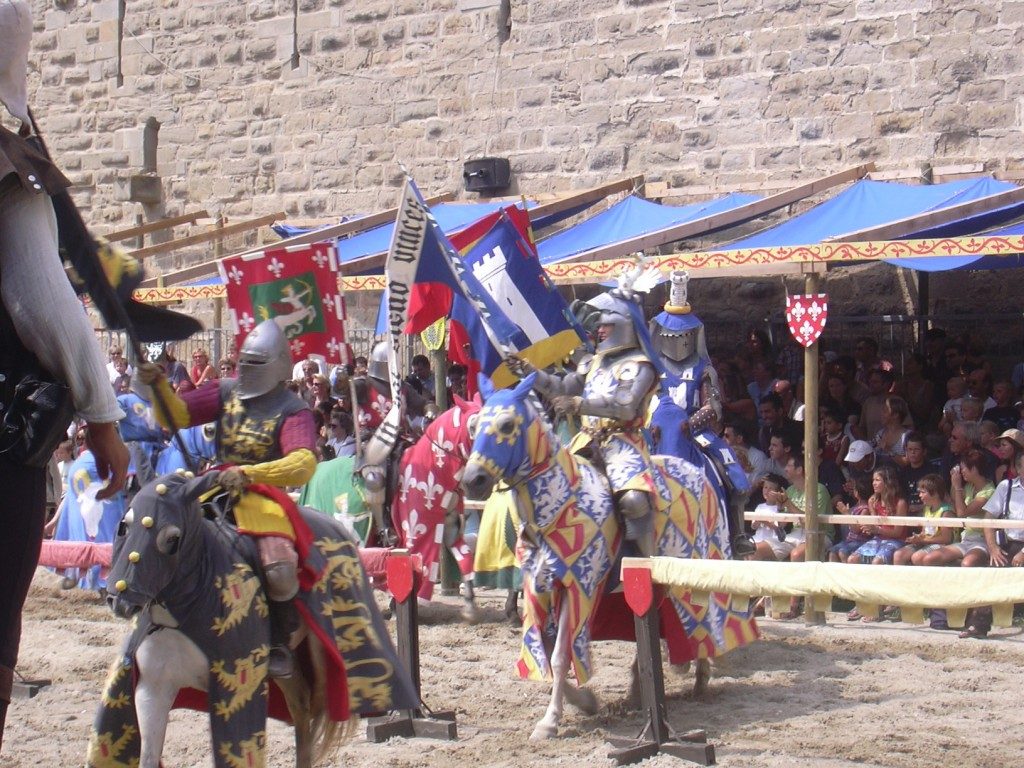
For further information, please contact the Tourist Office as follows
28 rue de Verdun,
11890 Carcassonne
Impasse Agnès de Montpellier
04 68 10 24 30
Book your bungalow in Carcassonne
Book your pitch for tent, caravan or motorhome in Aude
camping carcassonne, carcassonne rentals
Photo credits /image Carcassonne https://commons.wikimedia.org/wiki/File:Carcassonne_21.jpg
Ad Meskens [CC BY-SA 3.0 (https://creativecommons.org/licenses/by-sa/3.0)]
/image knights/
photo presentation Chensiyuan / CC BY-SA (https://creativecommons.org/licenses/by-sa/4.0)
valerie jean/ecrirecoach

